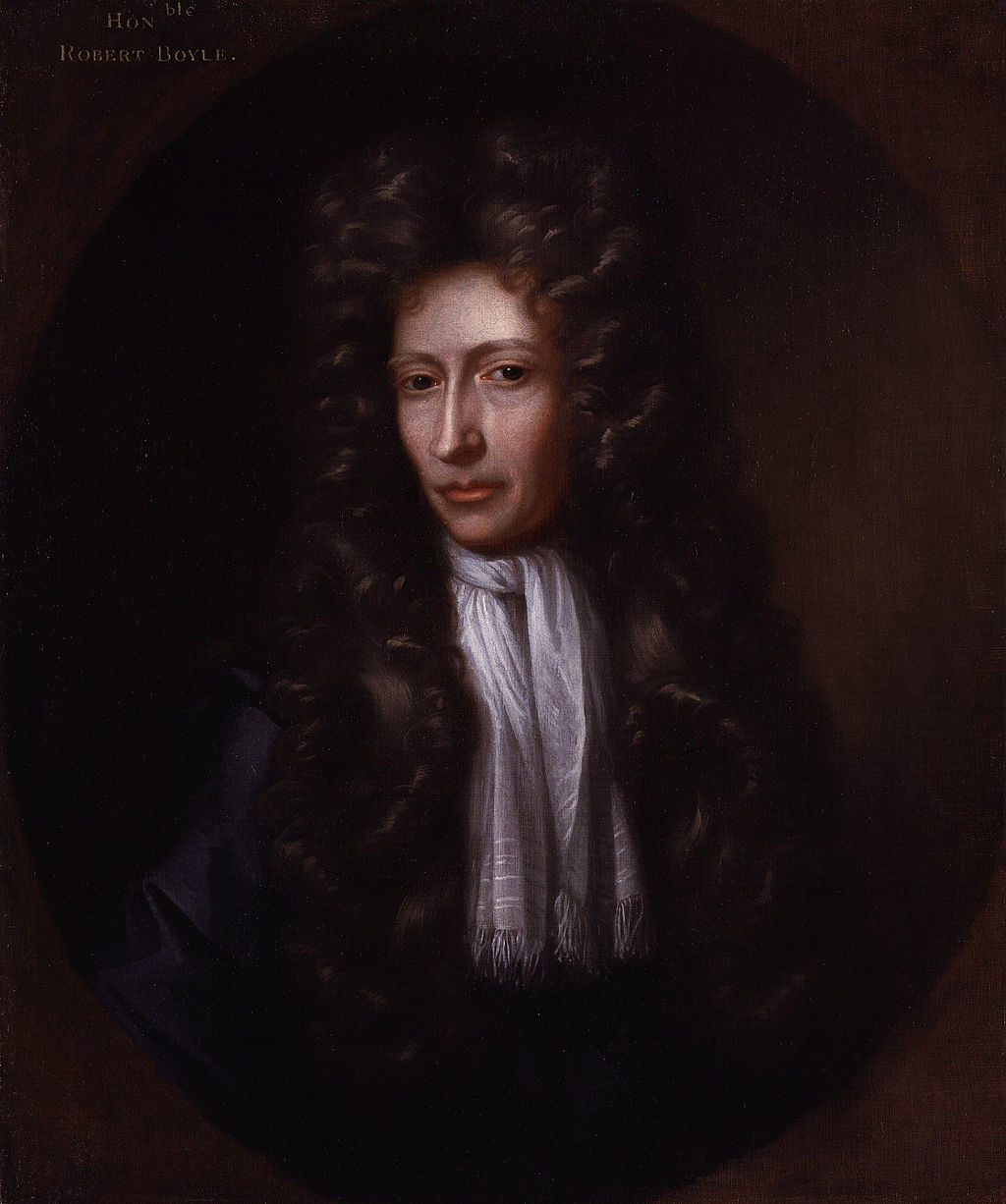Corpuscularianism
Despite considerable advances in brain and nerve anatomy during the seventeenth century, the first identifiable formulation of “brainhood” did not derive from neuroscientific discoveries but from a combination of Locke’s theory of personal identity and the corpuscular theory of matter.
On the one hand, corpuscularianism, the theory of matter associated with the Scientific Revolution of the seventeenth century, explained natural phenomena by the size, local motion, shape, and contrivance of microscopic corpuscles of matter (Eaton 2005). Differences among physical bodies no longer originated in the essential nature of their substance but in the “mechanical affections” of its component particles. Consequently, body A at time T1 did not have to be made of the same matter as body A at time T2 in order to be the same. Material continuity thus lost its earlier significance as a constitutive element of the identity and sameness of material bodies. This, as Locke realized, applied also to persons and to the very definition of personhood (Thiel 2011).

Corpuscularianism
The variety of atomism especially associated with Boyle, and expounded in his Sceptical Chemist (1661) and The Origin and Form of Qualities (1666). Boyle held that all material substances are composed of minute corpuscles, themselves possessing shape, size, and motion. The different properties of materials would arise from different combinations and collisions of corpuscles: chemical properties, such as solubility, would be explicable by the mechanical interactions of corpuscles, just as the capacity of a key to turn a lock is explained by their respective shapes. In Boyle's hands the idea is opposed to the Aristotelian theory of elements and principles, which he regarded as untestable and sterile. His approach is a precursor of modern chemical atomism, and had immense influence on Locke.
Learn more on the link below:



































































0 comments
Sign in or create a free account